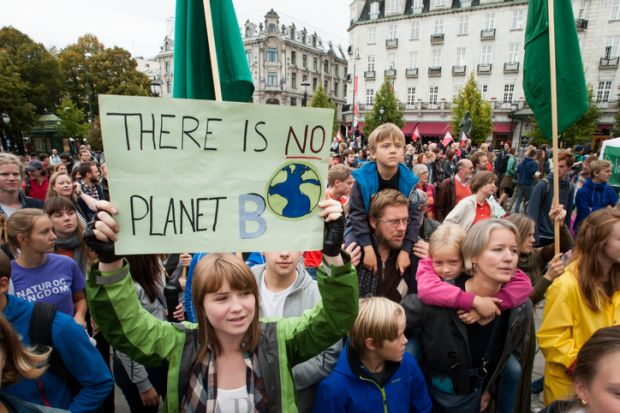A recent report produced by the Council on Energy, Environment, and Water (CEEW) explains in detail the non-compliance of the developed world in curbing its carbon footprint. These nations are projected to emit around 3.7 giga tonnes of carbon dioxide collectively by 2030. This metric goes against the objectives set by respective nations to bring their carbon emissions under control.
To say that climate change consequences are upon us is an understatement, and the testament to it is the increased forest fires, flooding, and land displacement, as well as the non-fulfillment of the objectives set in the 2015 Paris Agreement.
For what has been a lopsided target at the developing nations that naturally use unsustainable ways of fuelling their economies and development projects, the majority of carbon emissions are still produced by the developed nations.
“This represents a 38 percent emission overshoot, with the United States, European Union, and Russia responsible for 83 percent of this. The mitigation efforts of developed countries impact the carbon budget available to developing nations, which need sufficient carbon space to address their economic and social development challenges and ensure a just transition. Further, currently, developed countries’ NDCs for 2030 collectively represent a 36 percent reduction in emissions from their 2019 levels. This is less than the global average of 43 percent that is required to keep the 1.5°C target alive,” the report states.
Only two nations in the entire world – Norway and Belarus – are on the path to achieving their targeted reduction by 2030. However, for the other nations to follow the line, it would take a behemoth effort. For starters, all the developed nations would require 4 times more than the average annual reduction rates they exhibited from 1990 to 2020.
Further, the report briefly estimates that “even in a net-zero-by-2050 scenario, developed countries would collectively emit over 40–50 per cent of the remaining global carbon budget left for the 1.5°C warming target, even though they are home to less than a fifth of the world’s population.”
Dr Vaibhav Chaturvedi, Fellow, CEEW said, “The numbers are clear – even in this critical decade, developed countries are not projected to meet their 2030 NDC targets. This failure has implications for the limited global carbon budget available now, especially for developing countries like India. It is also crucial for the Global South to have produced this analysis and not just rely on handed-down assessments that focus disproportionately on emissions of emerging economies. To fulfil their responsibility as historical emitters and financially capable economies, developed countries must do more than meet the global average in emission reduction.”
Sumit Prasad, Programme Lead, CEEW said, “The climate journey of developed countries – historical and proposed – does not show deep enough emission reductions to reflect climate leadership. This means that the burden to mitigate global warming shifts to developing countries, which is problematic in a context where financial support to developing countries to achieve this transition has not been forthcoming, as promised.”
The United States of America, Russia, and the EU constitute of majority of the carbon emissions worldwide, yet, the developing nations especially the global south have been made the usual suspects of negative climate change.









